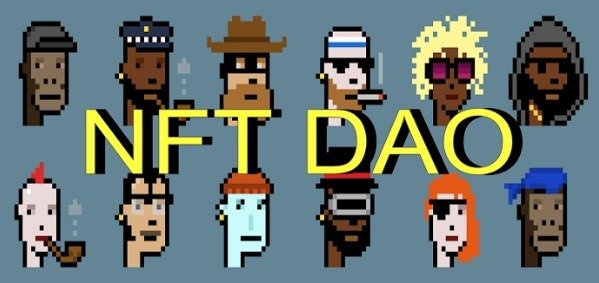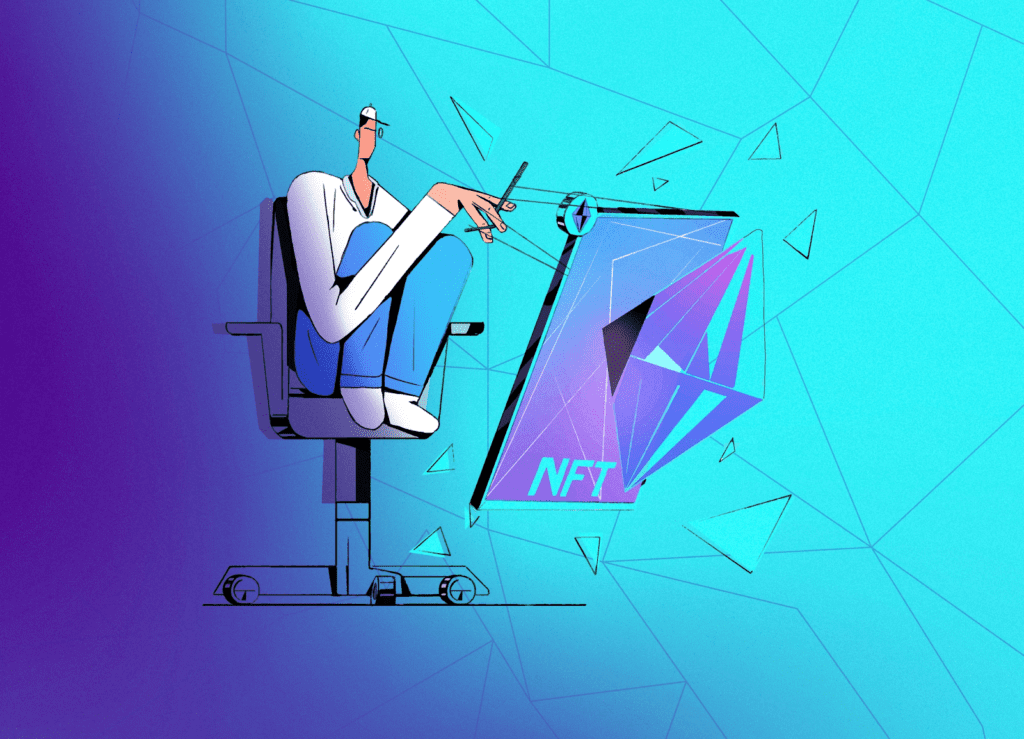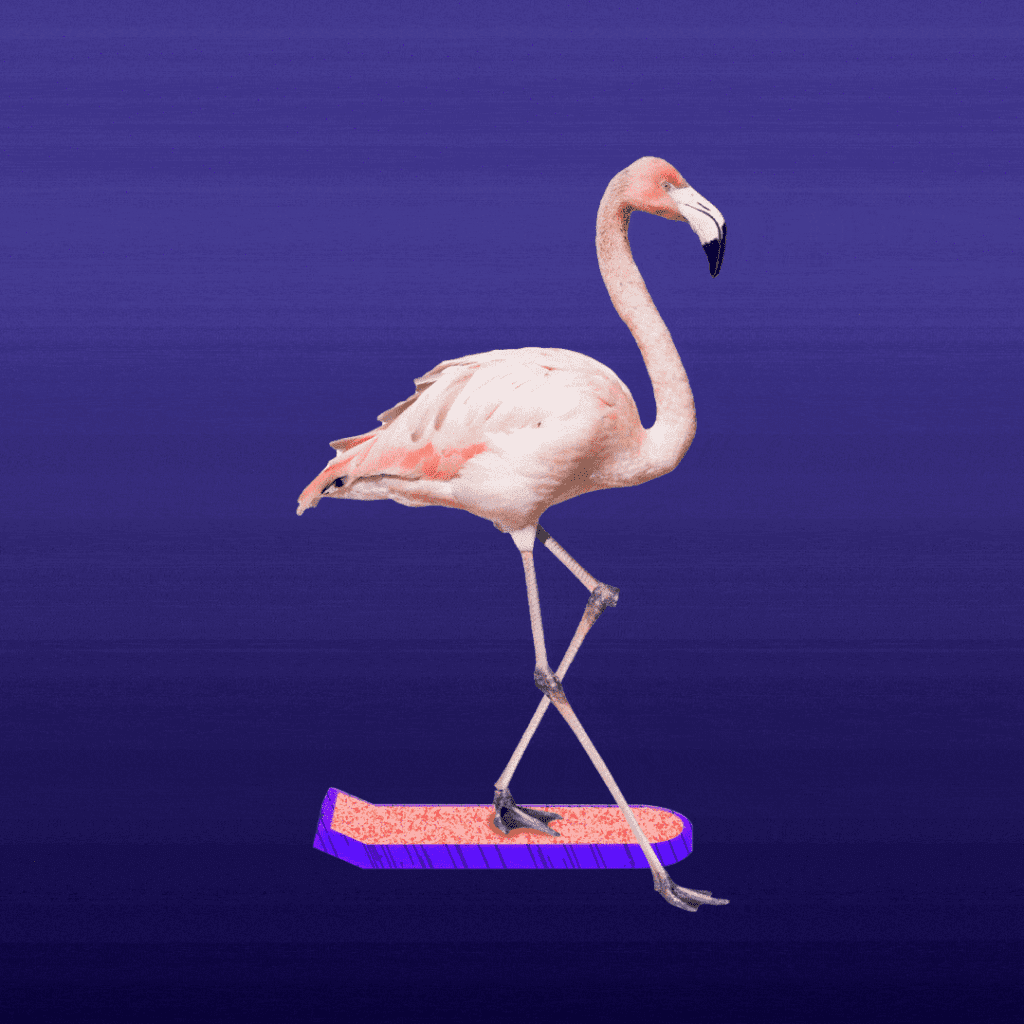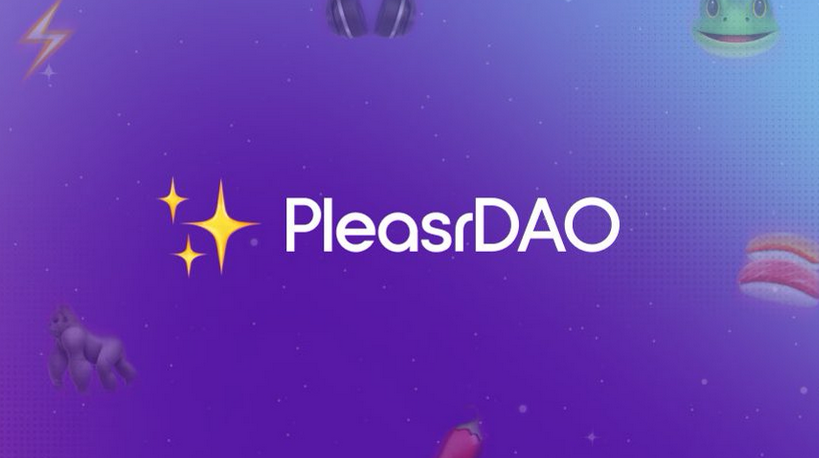NFTs, or non-fungible tokens, have taken the world by storm. These unique digital assets are being used to represent everything from art to music to virtual real estate. But the potential of NFTs goes far beyond their use as collectibles. In fact, NFTs can be used to represent ownership of any kind of asset, physical or digital.
And one of the most exciting applications of NFTs is in the realm of decentralized autonomous organizations, or DAOs. In this article, we’ll take a look at how to create a DAO NFT and explore the potential of this powerful combination.
What is an NFT DAO?
Before diving into the specifics of creating it, let’s define what these terms mean.
An NFT is a type of digital asset that is unique and cannot be exchanged for another asset on a one-to-one basis. This is in contrast to fungible assets like cryptocurrencies, where one unit of currency is interchangeable with any other unit of the same currency. NFTs are created using blockchain technology, ensuring they are secure, transparent, and cannot be replicated or double-spent.
A DAO, or decentralized autonomous organization, is an organization that is run using a smart contract on a blockchain. These contracts define the structure and decision-making processes of the organization and are executed automatically without the need for intermediaries or central authority. DAOs can be used for a wide range of purposes, from managing investment funds to creating decentralized social networks.
When you combine NFTs with DAOs, you get a DAO NFT. In this context, an NFT represents ownership or membership in the DAO and gives the holder certain rights and privileges within the organization. This could include voting power, access to the AO treasury, or the ability to propose and vote on new initiatives or projects.
DAOs have become a popular way for blockchain-based projects to operate. DAOs allow for decentralized decision-making and governance of the project, with voting power given to members holding DAO tokens. One of the key components of a DAO is the DAO treasury, which is where the funds raised by the DAO are held and managed.
An investment DAO may have its own DAO treasury, which is used to hold and manage funds for investment purposes. The same applies to an NFT project, which can have its own DAO treasury to hold funds raised through the sale of NFTs. The DAO treasury is managed by a single member, who casts votes on how the funds should be allocated.
The funds in the DAO treasury are stored in a crypto wallet, which can be a software program designed for managing cryptocurrencies. The crypto wallet is used to hold the native token of the DAO, which is used for voting and executing transactions within the DAO. A single member can have multiple tokens, which translates into greater voting power.
The DAO treasury relies on the execution of computer programs known as smart contracts, which are designed to automate the process of allocating funds. The smart contract executes the rules encoded in it, ensuring that the funds are allocated in accordance with the decisions made by the members of the DAO.

Creating an NFT D.A.O.
So, how do you create an NFT D.A.O.? Here are the essential steps:
Define the Purpose of the DAO
Before you start building your NFT D.A.O., you need to clearly understand what assets or resources you want to achieve and what assets or resources the DAO will manage. This could be anything from a collection of NFTs to a pool of investment funds.
Choose a Blockchain Platform
You’ll need to choose a blockchain platform to deploy your DAO NFT. Ethereum is currently the most popular blockchain platform for creating DAOs and NFTs, but other platforms like Polkadot and Cardano offer similar functionality.
Define The Governance Structure
The structure of your DAO will define how decisions are made, how voting power is distributed, and how proposals are submitted and approved. You’ll need to decide on the rules and processes governing the DAO and encode them into a smart contract that will execute automatically.
Create the NFTs
Once you have defined the purpose and structure of your DAO, you can create the NFTs that will represent ownership or membership in the organization. This will require some technical knowledge of smart contract development, or you can use tools like OpenZeppelin or Truffle to make the process easier.
Deploy the DAO
With your NFTs and smart contract in place, you can now deploy the DAO on your chosen blockchain. This will require some familiarity with blockchain development and deployment, or you can use platforms like Aragon or Aave to simplify the process.
Invite Members
With your DAO deployed, you can now invite members to join and own the NFTs representing membership in the organization. This could include investors, contributors, or community members interested in participating in the government of the DAO.

Benefits of an NFT D.A.O.
So, why create an NFT D.A.O.? There are several benefits to this approach:
Decentralization
By using blockchain technology and smart contracts, an NFT D.A.O. can be completely decentralized and operate without a central authority on the intermediary. This makes it more secure, transparent, and resistant to censorship or manipulation.
Efficient Management
With rules and processes encoded into smart contracts, the management of the DAO can be automated and executed without the need for human intervention. This can make the organization more efficient and reduce the risk of human error or bias.
Ownership and Governance
NFTs give holders a sense of ownership and investment in the success of the DAO, while the structure ensures that decisions are made democratically and transparently. This can create a strong sense of community and shared purpose within the organization.
Legal Formalities
Depending on the jurisdiction, DAOs may not be recognized as legal entities, which can create uncertainty and legal disputes. However, by using NFTs to represent ownership and membership, the DAO can have a clearer legal status and be more easily recognized by regulators and other legal entities.

Top Tools for Creating an NFT D.A.O.
Several tools and platforms can help simplify the process. This article will explore some of the top tools for creating an NFT D.A.O.
Aragon
Aragon is a popular platform that allows users to create and manage decentralized autonomous organizations. It provides a suite of tools for managing a DAO, including voting systems, proposal creation, and token management. With Aragon, users can easily create an NFT D.A.O. and manage it in a decentralized and transparent manner.
DAOstack
DAOstack is another platform that provides tools for creating and managing a decentralized autonomous organization. It offers a modular framework that can be customized to suit the needs of any project. With DAOstack, users can create a DAO with features, proposal creation, and token management.
Juicebox
Juicebox is a platform that allows creators to create and launch their own NFT DAOs. It provides a suite of tools for managing a DAO, including proposal creation, voting systems, and DAO token distribution. With Juicebox, creators can easily create a DAO NFT and manage it in a decentralized and community-driven manner.
Tally
Tally is a governance platform that allows users to create and manage DAOs. It provides a suite of tools for managing a DAO, including voting systems, proposal creation, and token management. With Tally, users can easily create a DAO NFT and manage it decentralized and transparently.

Successful NFT DAOs
Over the past few years, decentralized autonomous organizations (DAOs) have been increasingly used in the world of blockchain technology, and this has included the use of DAO in the creation and management of NFTs. In fact, many successful NFT projects are being governed by DAOs, where NFT holders can vote on important decisions related to the NFT project.
Here are some successful Non-Fungible Token DAOs that are worth mentioning:
Flamingo DAO

Flamingo DAO is one of the earliest Non-Fungible Token DAOs, founded in 2020. This DAO was formed to acquire valuable NFTs, and its members consist of individuals who are passionate about the NFT space. Flaming DAO has made several high-profile purchases of NFTs, including a rare CryptoPunk.
PleasrDAO

PleasrDAO is a community-led DAO that focuses on acquiring and managing high-value NFTs. The DAO has made several high-profile acquisitions, including the $69 million Beeple NFT. PleasrDAO also include an NFT collection, which DAO members manage.
Bored Ape Yacht Club

BAYC is an NFT project that has gained a lot of popularity recently. It is a collection of 10.000 unique Bored Ape NFTs, and a DAO manages the project. BAYC has a large and active community, and its DAO members have voting rights in important decisions related to the project.
Conclusion
Creating DAO tokens can be a complex process that requires a good understanding of blockchain technology and smart contracts. However, the potential benefits are significant and could provide a new decentralized organization and governance model.
When creating a DAO., it is important to consider the legal and regulatory implications and the technical requirements. Depending on the jurisdiction and the nature of the assets or resources being managed, there may be legal formalities or corporate privileges that need to be addressed.
It is also important to consider the hierarchical structure and power dynamics within the DAO. While DAO is intended to be decentralized and democratic, there is still the potential for power to be concentrated among certain groups. This can be mitigated by designing the structure to be more inclusive and transparent and ensuring that voting power is distributed fairly among all members.
Finally, it is worth noting that creating a DAO token is not a guarantee of success. Any organization will require strong leadership, clear goals, and effective management to achieve its objectives. However, the potential for innovation and community-driven governance make this an exciting new frontier for NFT projects and the blockchain ecosystem as a whole.